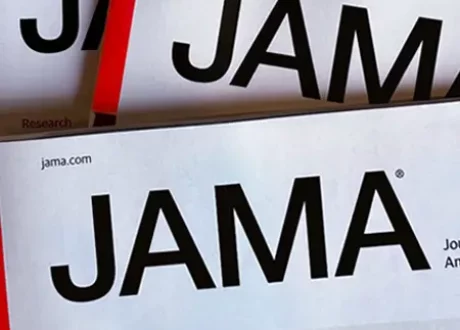Written by Sam Parnell
Spoon Feed
Elevated heart rate is associated with increased risk of mortality for patients with acute symptomatic pulmonary embolism. Be wary of patients with acute pulmonary embolism who are tachycardic.
Why does this matter?
Pulmonary embolism (PE) is associated with significant morbidity and mortality and is the third most common cause of vascular death worldwide. Clinical practice guidelines recommend risk stratification with tools such as the sPESI or Bova scores to help direct the management and disposition of patients with acute PE. Hemodynamic stability is essential for prognostication, and both blood pressure and heart rate are included in most risk stratification scores. However, the exact association between heart rate and clinical outcomes for patients with acute PE is uncertain.
PE + Tachycardia = Bad News
This study used prospective patient data from the RIETE registry collected from 2001 to 2021. It included 44,331 non-hypotensive patients (SBP ≥ 90 mmHg) from the RIETE registry with a diagnosis of acute symptomatic PE. The primary outcomes were 30-day all-cause and PE-related mortality. A hierarchical logistic regression model was used to determine the association between admission heart rate and clinical outcomes. Overall, patients with elevated heart rate had significantly higher rates of 30-day all-cause and PE-related mortality. Please see Figure 2 from the article below for a graphic representation of the relationship between heart rate and mortality.

From cited article
Using a heart rate of 80 to 99 beats/min as a reference, patients in the higher heart rate group showed increased rates of all-cause death (adjusted OR: 1.5 for HR of 100-109 beats/min; 1.7 for HR of 110-119 beats/min; 1.9 for HR of 120-139 beats/min; and 2.4 for HR of 140 beats/min). Patients with lower heart rate had significantly lower rates of 30-day all-cause mortality compared to the same reference group (adjusted OR: 0.6 for HR of 60-79 beats/min; 0.5 for HR of < 60 beats/min).
A cutoff value of 80 beats/min compared to the standard 110 beats/min (used in the sPESI and Bova scores) increased the sensitivity of the sPESI score for identification of low-risk patients from 93.4% to 98.8%. A cutoff value of 140 beats/min vs 110 beats/min increased the specificity of the Bova score from 93.2% to 98.0% for identification of intermediate- to high-risk patients.
This study suggests that there is a positive association between heart rate and mortality for patients with acute PE. Based on these data, we should have a healthy degree of concern for patients with acute PE who are tachycardic and be more cautious with their management and disposition.
Source
Heart Rate and Mortality in Patients With Acute Symptomatic Pulmonary Embolism. Chest. 2022 Feb;161(2):524-534. doi: 10.1016/j.chest.2021.08.059. Epub 2021 Aug 31.









